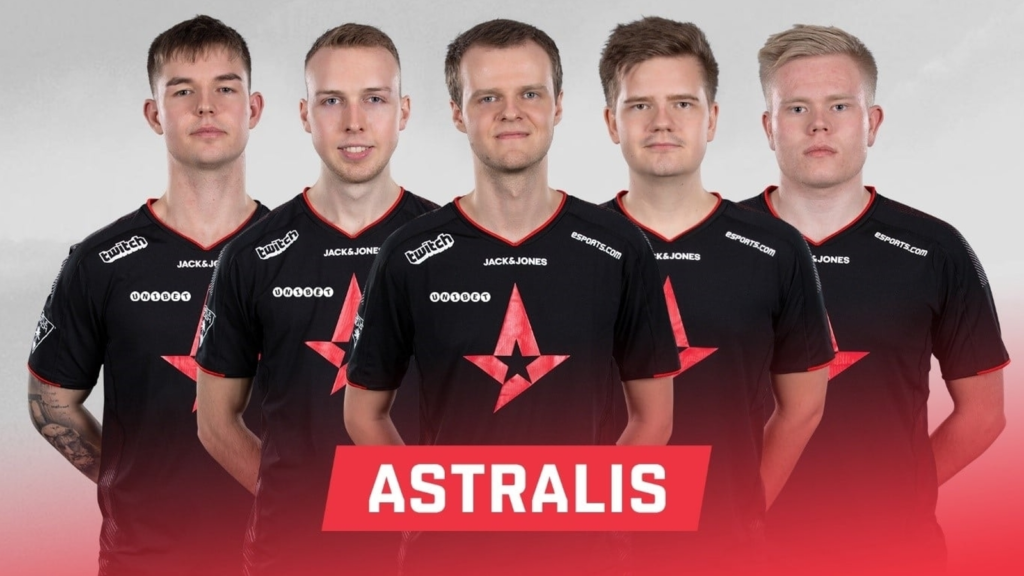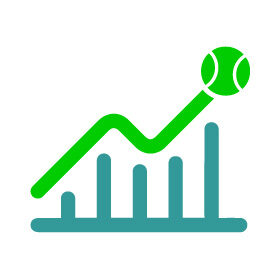Table of Contents
ToggleMastering Team Dynamics, Map Strategies, and Market Movements
Sport trading in eSports, particularly in games like Counter-Strike: Global Offensive (CS:GO), is a demanding discipline that blends analytical rigor, quick decision-making, and nuanced understanding of in-game dynamics. CS:GO trading demands structured analysis, professional competence, and an adaptive mindset.
Here’s how you can start thinking like a professional sports trader when analyzing a CS:GO match.
Step One: Understanding the Context
Before you dive headlong into numbers and statistics, get familiar with the context surrounding the match. Historical performances, tournament importance, and psychological readiness of teams greatly influence match outcomes. Every match in CS:GO comes with its own narrative and nuances. Start by exploring the tournament itself. Is it a high-stakes competition like IEM Katowice or ESL Pro League, or is it a minor event with lower stakes?
The context matters because teams might have different motivations. Take the legendary team Astralis, known for their discipline and methodical approach. Historically, their performance significantly improved when playing in major tournaments, a factor that’s crucial when predicting outcomes.
Team Dynamics and Individual Performances
Next, focus on team dynamics. Here’s where your understanding of the human element comes into play. Every roster has strengths and weaknesses. A deep dive into player statistics it’s about understanding the narrative behind these numbers.
Websites like Liquipedia offer player profiles and match history insights that can inform these dynamics.
Look beyond the kill/death ratio. Analyze individual performances on specific maps, under particular game conditions, or against certain styles of opponents.
Imagine you’re assessing a player like s1mple from NaVi: outstanding aim, incredible clutch potential, yet sometimes emotionally driven. Recognizing how individual performance fluctuates with psychological factors can open opportunities for profitable trading moves.

Map Analysis and Its Hidden Influence
Map selection significantly influences match outcomes. Teams often have starkly different performances across various maps. Some excel on Mirage, relying heavily on aim duels and quick reactions, while others might dominate on more strategic maps like Inferno or Nuke.
This means your analysis needs to cover map vetoes comprehensively. A team with a weak map pool will inevitably struggle in a best-of-three format where their map weaknesses are exposed. On the contrary, teams with a broader, well-prepared map pool have tactical flexibility, which reduces risk and makes them a safer investment.
Use resources like Mapban.gg for analyzing team preferences and performance across maps.
Getting Inside the Meta
To become proficient in CS:GO trading, you must understand the game’s meta: the evolving landscape shaped by updates, meta shifts, and patches. Each update can shift the competitive meta, altering the viability of strategies, weapon effectiveness, and even team compositions.
For example, the update affecting the accuracy and effectiveness of the M4A1-S rifle in 2022 significantly altered defensive playstyles. Teams that adapted quickly found success, while others struggled and saw their odds fluctuate dramatically on the markets.
Staying updated with patches and community discussions isn’t just recommended, it’s essential.
Regularly check official patch notes from Valve’s CS:GO Blog to stay ahead.
Spotting Patterns and Market Movements
The beauty (and challenge) of trading CS:GO is that the odds continuously shift, particularly during live matches. Professional traders don’t just predict outcomes; they anticipate how the market will react to in-game events. This means having a deep understanding of how momentum works in CS:GO. A single pistol round win, a crucial clutch, or even a tactical pause can swing momentum and odds rapidly.
Watching a match unfold is not a passive activity for a trader; it’s an active, analytical process. Being quick to recognize momentum shifts can present valuable trading opportunities. However, always remember: not every market movement should trigger action. Patience and discipline are critical attributes every successful trader must develop.
The Role of Data
No analysis is complete without data. Utilize resources like HLTV.org or specialized statistical platforms to deepen your analysis. Look at metrics such as:
- Round conversion rates after winning a pistol round
- Team performance in eco and anti-eco rounds
- Individual clutches and their impact on team economy
Data, however, is your guide, not your master. Intuition and real-time assessment of gameplay should also weigh significantly in your trading decisions. Balancing analytics with intuitive, real-time interpretation is the secret sauce for sustainable success.
Risk Management is Everything
Ultimately, match analysis is not about being right every single time; it’s about managing your capital wisely. Even the best traders experience losses, this is inevitable. The difference lies in managing risk.
Have clear entry and exit points, stick to your bankroll strategy, and avoid impulsive decisions prompted by emotional reactions.
Professional traders know that being successful in CS:GO trading isn’t about eliminating risk but about understanding, respecting, and managing it effectively. It’s a constant process of learning and adaptation.
From Strategy to Action: Executing Your CS:GO Trading Plan
CS:GO trading it’s a professional endeavor demanding competence, structured methodology, and disciplined emotional control. Develop your analytical skills, understand team dynamics deeply, stay informed, manage risk diligently, and you’ll see your results improve consistently.
Because ultimately, the aim is not just financial reward, it’s about mastering the mindset that makes a successful trader. And that, honestly, is the real win.





